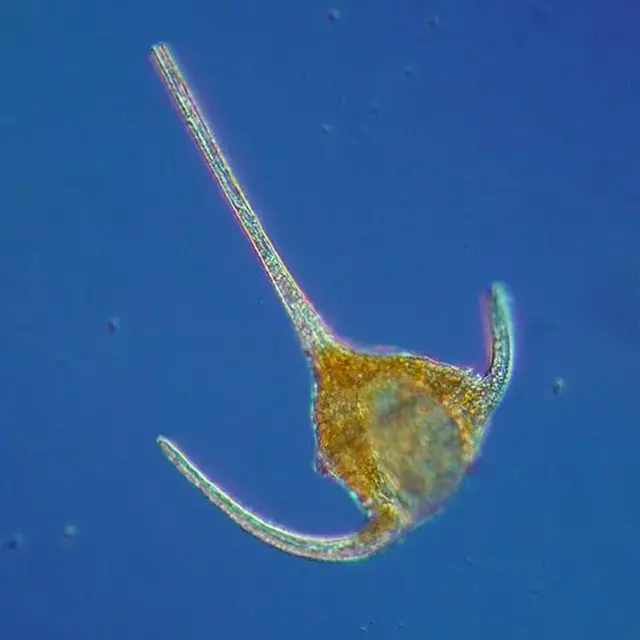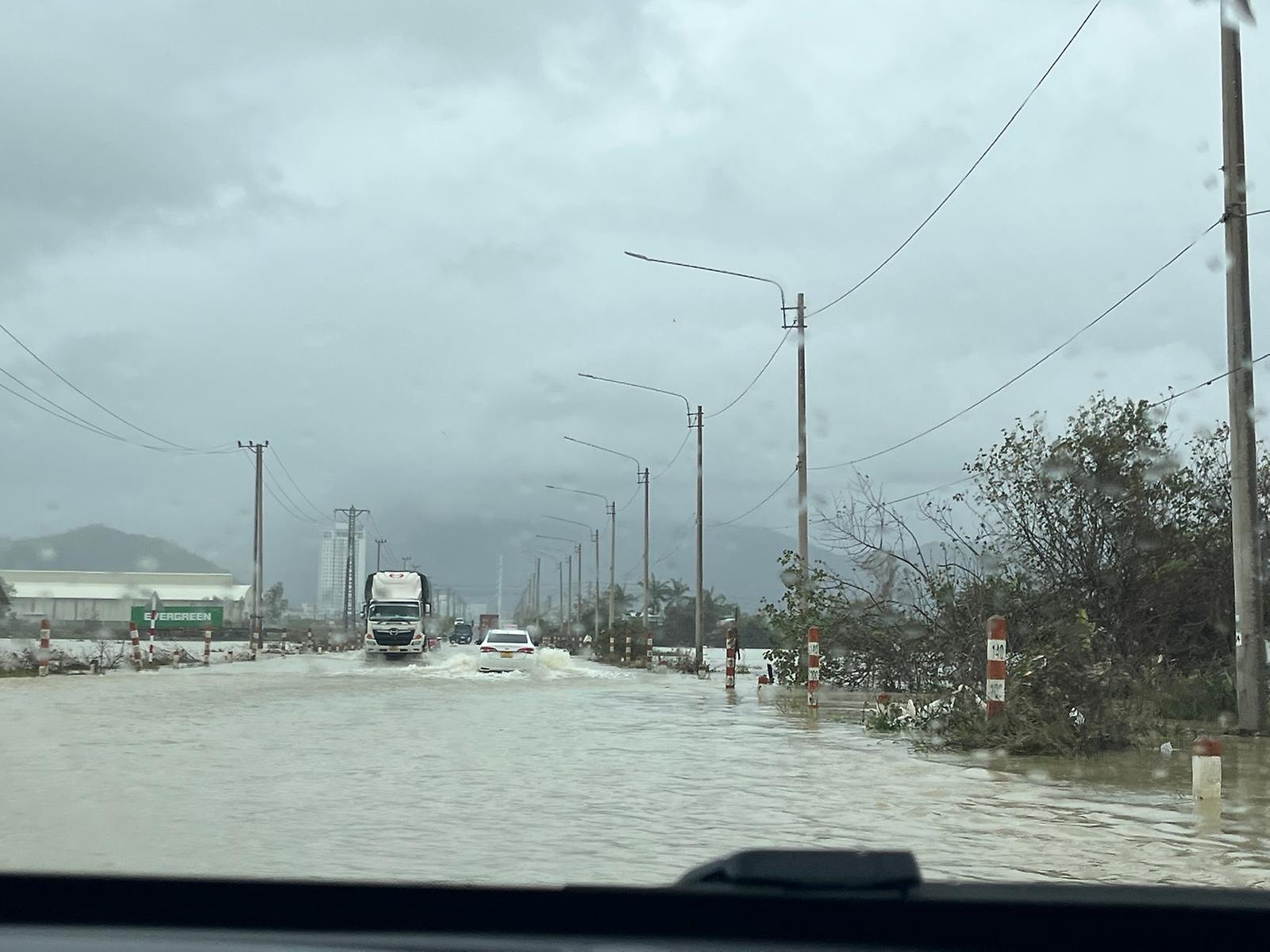SMHI helps to determine phytoplankton species in the seas around Sweden
SMHI will be working together with Umeå University and KTH Royal Institute of Technology on a three-year project to evaluate high quality sequencing, or DNA barcoding, as a technique for quickly and reliably determining phytoplankton species in water samples. The project will study diversity, with a particular focus on non-native and harmful algae.
The presence of phytoplankton is one aspect of the environmental monitoring programme, which is being financed by the Swedish Agency for Marine and Water Management. Using microscopy for this is both time-consuming and difficult. The main aim of the project is to evaluate whether DNA barcoding could be an effective complementary method. This involves collecting plankton by filtering water samples and using species-specific sections of their DNA to determine which species are present in the samples. The actual DNA analyses will be carried out in Stockholm.
The water samples are being gathered as part of the Swedish marine monitoring programme. This will provide a large quantity of data covering all the major marine areas around Sweden, creating an opportunity to compare the DNA barcoding results with the taxonomical identifications carried out using microscopy. A method will also be evaluated for quick, automated species determination using image analysis.
Sampling began in January 2019 during SMHI’s expedition on board the R/V Aranda in the Baltic Sea and the North Sea as part of Sweden’s national environmental monitoring. Sampling in the Gulf of Bothnia is being carried out by Umeå University, and cooperation with Stockholm University for sampling in the Northern Baltic Proper is also planned.

Ceratium tripos. A species of phytoplankton from the seas around Sweden.
“We are extremely excited about these opportunities, as we have previously carried out extensive work in this field and now have a stable source of funding,” says Bengt Karlson, a marine biologist and biological oceanographer at SMHI’s research division in Gothenburg. “The large quantity of biodiversity data that we gather will form the basis not only for method evaluation but also for scientific articles and expanded research collaboration.”
The three-year research project is being led by Agneta Andersson, Professor of Pelagial Ecology at Umeå University. Funding of SEK 5.9 million has been granted by the Swedish Environmental Protection Agency and the Swedish Agency for Marine and Water Management’s research project on DNA methods for use within environmental monitoring.

